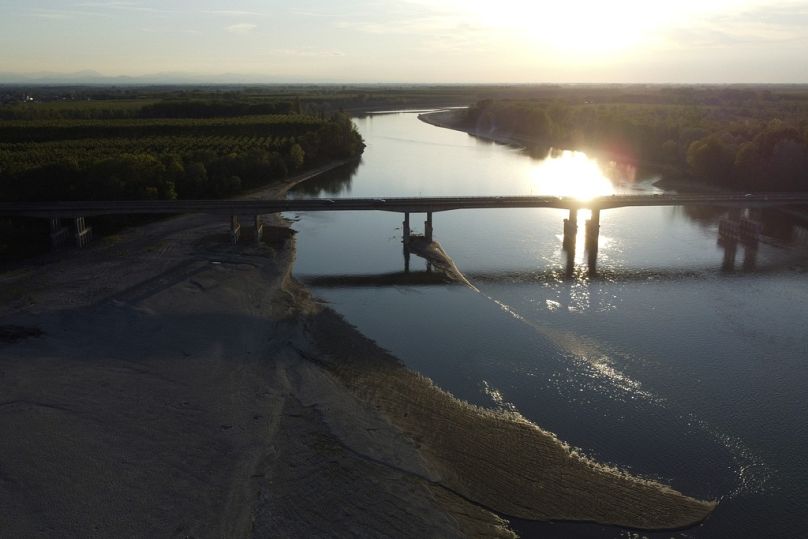The proposal says all damaged ecosystems should be repaired by 2050. But the centre-right European People's Party has opposed the bill, claiming it would endanger food security in the continent.
The World Wildlife Fund (WWF) is fighting for the adoption of the EU Nature Restoration Law amid considerable resistance from European lawmakers.
A visit to a Danube project near Vienna shows how the law proposal works in practice.
"The reconnection of river branches is so important because if you don't do anything, they would definitely dry up in the next ten to twenty years," Alice Kaufmann, who works for WWF partner, Viadonau said.
For centuries, Europe's rivers were regulated and their branches cut off. But step by step, the stone walls are now being removed and fish can once again reach their spawning grounds.
And that's also good news for flood protection and drinking water supplies.
Eighty per cent of Europe's ecosystems worth protecting are currently in poor condition. The Nature Restoration Law proposed by the European Commission would be the biggest step forward in decades.
According to the plan, all damaged ecosystems should be repaired by 2050.
The largest group in Parliament, the centre-right European People's Party (EPP), has so far opposed the law claiming too much agricultural land would be affected by renaturation and this would endanger food security in Europe.
But according to the WWF, the EPP's concerns don't hold water.
"The Nature Restoration Law also refers to agricultural ecosystems, where it is particularly important that agriculture and biodiversity can co-exist," WWF biodiversity policy officer Joschka Brangs said.
"That is why the proposal would be to make 10 per cent of agricultural land available for biodiversity conservation. Food security will not work without biodiversity. And we see that our biodiversity continues to decline despite all the efforts that are already being made," he added.
But before Parliament casts its vote, MEPs must discuss this 10 per cent target for agricultural reallocation. Environmentalists are hoping lawmakers will keep in mind the bigger picture.












